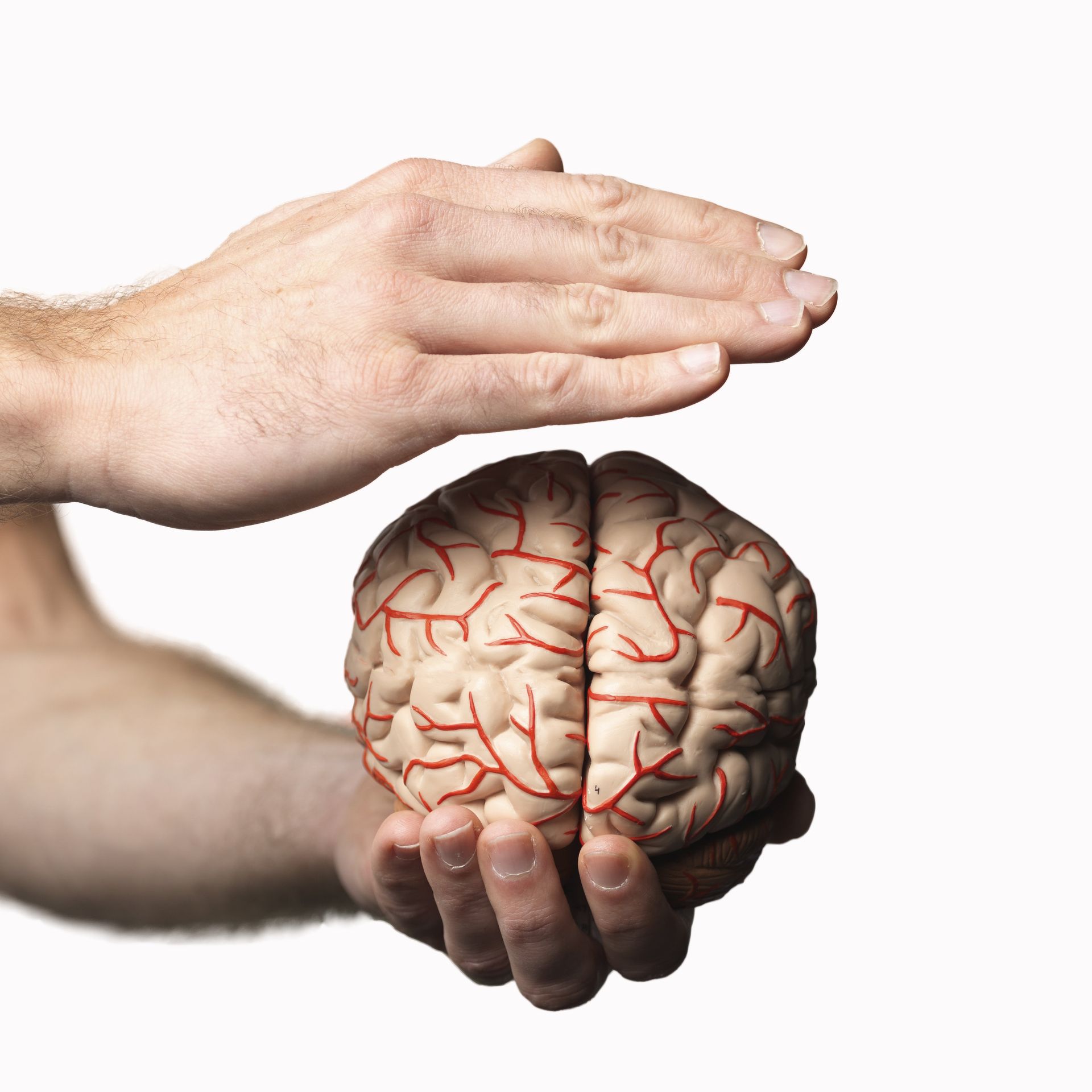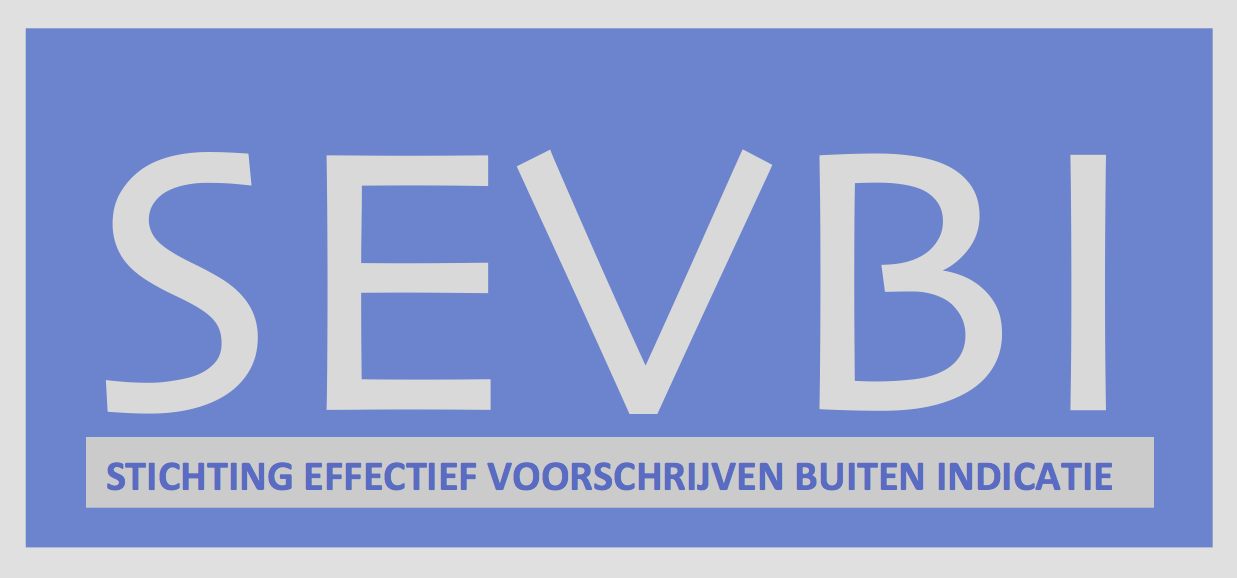Scientific background

Tuk B 2016 Overstimulation of the inhibitory nervous system plays a role in the pathogenesis of neuromuscular and neurological diseases: a novel hypothesis. F1000Research 2016, 5:1435 (doi: 10.12688/f1000research.8774.2)
Overstimulation of the inhibitory nervous system plays a role in the pathogenesis of neuromuscular and neurological diseases: a novel hypothesis.
Based upon a thorough review of published clinical observations regarding the inhibitory system, Dr. Bert Tuk hypothesized that this system may play a key role in the pathogenesis of a variety of neuromuscular and neurological diseases. Specifically, excitatory overstimulation (leading to irreversible neuronal cell death), which is commonly reported in neuromuscular and neurological diseases, may be a homeostatic response to inhibitory overstimulation. (Direct) involvement of the inhibitory system in disease pathogenesis is highly relevant, given that most approaches currently being developed for treating neuromuscular and neurological diseases focus on reducing excitatory activity rather than reducing (initially reversible) inhibitory activity.
This hypothesis is published in a peer reviewed online journal and can be found through the following link (2).
Relevance for ALS (amyotrophic lateral sclerosis)
Dr. Bert Tuk subsequently hypothesised that syphilis is actually a confounding factor, not a causative factor, in syphilitic ALS (1). Moreover, he proposed that the successful treatment of ALS symptoms in patients with syphilitic ALS using penicillin G and hydrocortisone (3,4) is an indirect consequence of the treatment regimen and is not due to the treatment of syphilis. Specifically, he proposed that the observed effect is due to the various pharmacological activities of penicillin G (e.g., a GABA receptor antagonist (5)) and/or the multifaceted (e.g., anti-inflammatory) pharmacological activity of hydrocortisone. The notion that syphilis may be a confounding factor in syphilitic ALS is highly relevant, as it suggests that treating ALS patients with penicillin G (6) and hydrocortisone (7) - regardless of whether they present with syphilitic ALS or non-syphilitic ALS - may be effective at treating this rapidly progressive, highly devastating disease.
This hypothesis is also published in a peer reviewed online journal and can be found through the following link
(1).

A potential treatment option for neuromuscular and neurological diseases, such as ALS
Previously, in six cases of syphilitic ALS, the 21-day course of a daily 8-hour infusion of penicillin G / hydrocortisone combination (given 4 times during 1 year) has been reported to be efficacious (3,4).
Now, three male Caucasian patients with ALS were admitted to the hospital due to progressive dysphagia and dysarthria. During a 21-day course of penicillin G and hydrocortisone, these patients’ dysphagia and dysarthria largely resolved. The patient’s other ALS-associated symptoms also improved, including respiratory function, coordination, walking, and muscle strength. This is the first report of an effective protocol for treating dysphagia, dysarthria, and other ALS-related symptoms (8), and is again published in a peer reviewed online journal and can be found through the following
link.
This report therefore underscores the need to evaluate the efficacy of this treatment course in a clinical trial.
These observations are of importance as currently no cure is available for dysphagia nor ALS. Furthermore, the observed reversal of dysphagia and other ALS symptoms provides further support for the recently postulated hypothesis that the inhibitory system is involved in the pathogenesis of dysphagia and other (symptoms of) neuromuscular and neurological diseases, such as ALS.
References
- Tuk B. Syphilis may be a confounding factor, not a causative agent, in syphlitic ALS. https://f1000research.com/articles/5-1904/v1.
- Tuk B. Inhibitory system overstimulation plays a role in the pathogenesis of neuromuscular and neurological diseases: a novel hypothesis. https://f1000research.com/articles/5-1435/v2.
- El Alaoui-Faris M, Medejel A, al Zemmouri K, Yahyaoui M, Chkili T. Amyotrophic lateral sclerosis syndrome of syphilitic origin. 5 cases. Rev Neurol (Paris). 1990;146(1):41-4.
- Chraa M, Mebrouk Y, McCaughey C, Kissani N. Amyotrophic lateral sclerosis mimic syndrome due to neurosyphilis. Amyotroph Lateral Scler Frontotemporal Degener. 2013 Apr;14(3):234. doi: 10.3109/17482968.2012.727425.
- Rossokhin AV, Sharonova IN, Bukanova JV, Kolbaev SN, Skrebitsky VG. Block of GABA(A) receptor ion channel by penicillin: electrophysiological and modeling insights toward the mechanism. Mol Cell Neurosci. 2014 Nov;63:72-82. doi: 10.1016/j.mcn.2014.10.001. Epub 2014 Oct 8.
- Penicillin G summary of product characteristics. https://www.medicines.org.uk/emc/medicine/2962.
- Hydrocortisone summary of product characteristics. https://www.medicines.org.uk/emc/medicine/10815.
- Tuk B, Jousma H and Gaillard PJ. Treatment with penicillin G and hydrocortisone reduces ALS-associated symptoms: a case series of three patients. https://f1000research.com/articles/6-410/v1.
